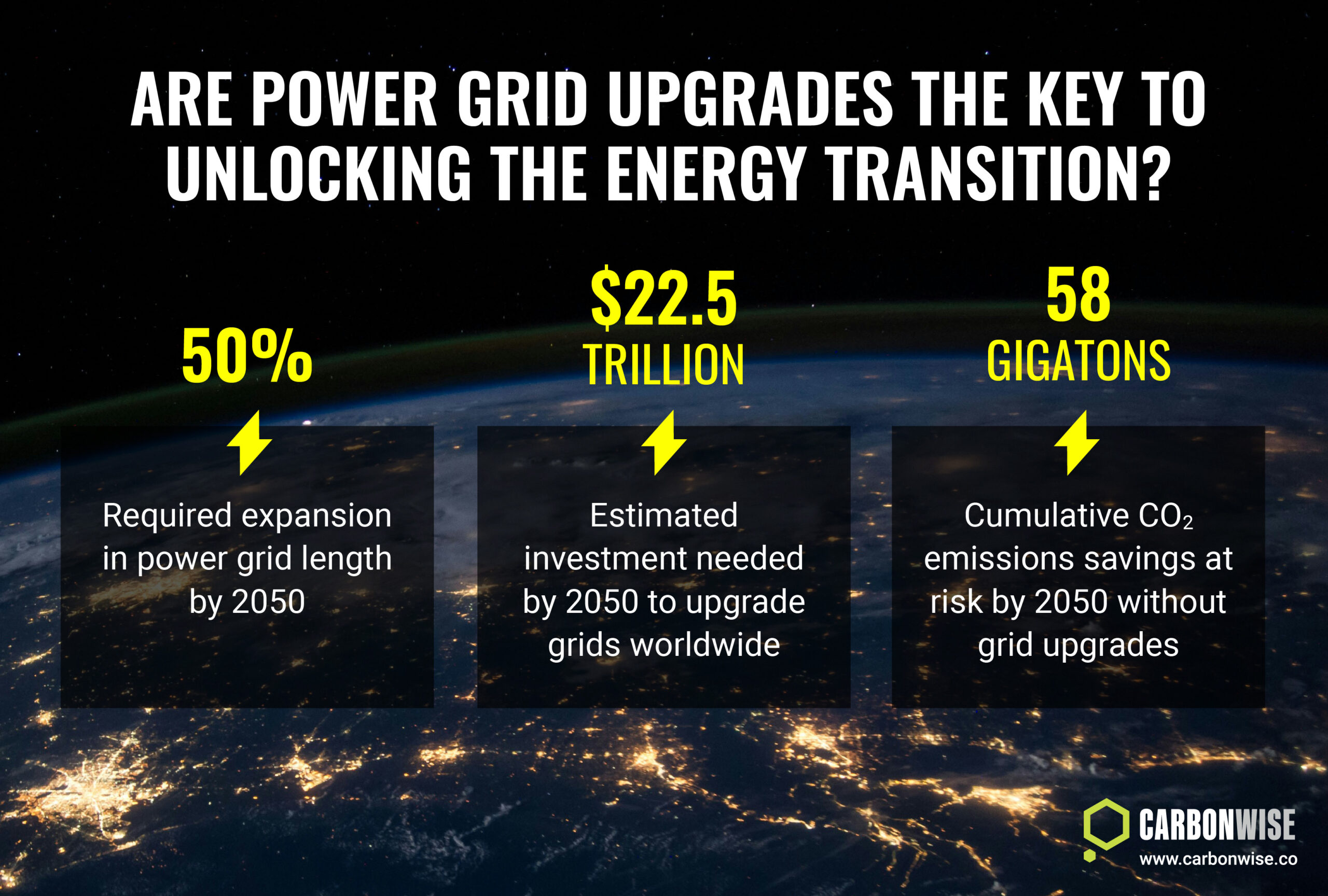The EU and UK reached a provisional agreement on 19th May to link their respective carbon compliance markets, the EU Emissions Trading System (EU ETS) and the UK Emissions Trading System (UK ETS). The link, if implemented, is likely to bring several benefits for industries in both regions.
The UK and EU have had a formal position to “give serious consideration” to linking their carbon markets since 2020, but this is the first time that the issue has moved forward in any meaningful way. This decision has come as the UK seeks to ‘reset’ its relationship with the EU.
The UK was part of the EU ETS until the decision to leave the European Union, which took effect on 31st January, 2020. The UK then set up its own domestic carbon market to fulfil an almost identical function to its participation in the EU scheme.
Details are thin at this stage, and it remains unclear when any linking would be implemented. However, joining the two markets is likely to deliver multiple benefits for industries covered by either market.
Carbon allowance prices in the UK ETS have been lower than their EU counterparts in recent years. However, that would have changed when the EU’s Carbon Border Adjustment Mechanism (CBAM) full implementation phase kicks in in 2026, raising the cost of exports and potentially putting UK businesses at a disadvantage.
The details surrounding the linking of the UK and EU carbon markets will depend on negotiations, so it’s too early to be definitive on the final outcome of those talks.
Discussions on linking between the UK and EU will need to cover aspects such sectoral scope, Carbon Border Adjustment Mechanisms, and regulatory alignment on various aspects of the market’s functioning.
Nevertheless, we can expect certain impacts from the joining up of the two markets. The design of the UK ETS was very similar to that of the EU ETS, and this is likely to make linking much more straightforward than if the two systems had grown independently.
The potential impacts of linking the EU and UK Emissions Trading Systems are:
- Greater market stability in general, including reduced price volatility
- Increased trading liquidity and depth, particularly for entities regulated under the UK ETS
- Greater price convergence between carbon allowances in the EU and UK ETS
- Potential cost savings for industries covered by both schemes through lower compliance costs (some estimate up to Eur 770 million by 2030)
- Reduced trade barriers: linking the two markets would mean the EU and UK would be exempt from their respective Carbon Border Adjustment Mechanisms (CBAMs), reducing the cost of exporting goods for companies in both regions
Many of these aspects of market linking, and their potential impacts on industry, will become clearer as the negotiations proceed, and Carbonwise will be returning to this topic to bring further insight as developments occur.
To find out more about Carbon Border Adjustment Mechanisms, read this article: What is a Carbon Border Adjustment Mechanism? – Carbonwise
To learn more about an expansion of the EU ETS to the maritime sector, read here: EU Rolls Out Major Carbon Market Expansion by Including Shipping – Carbonwise








